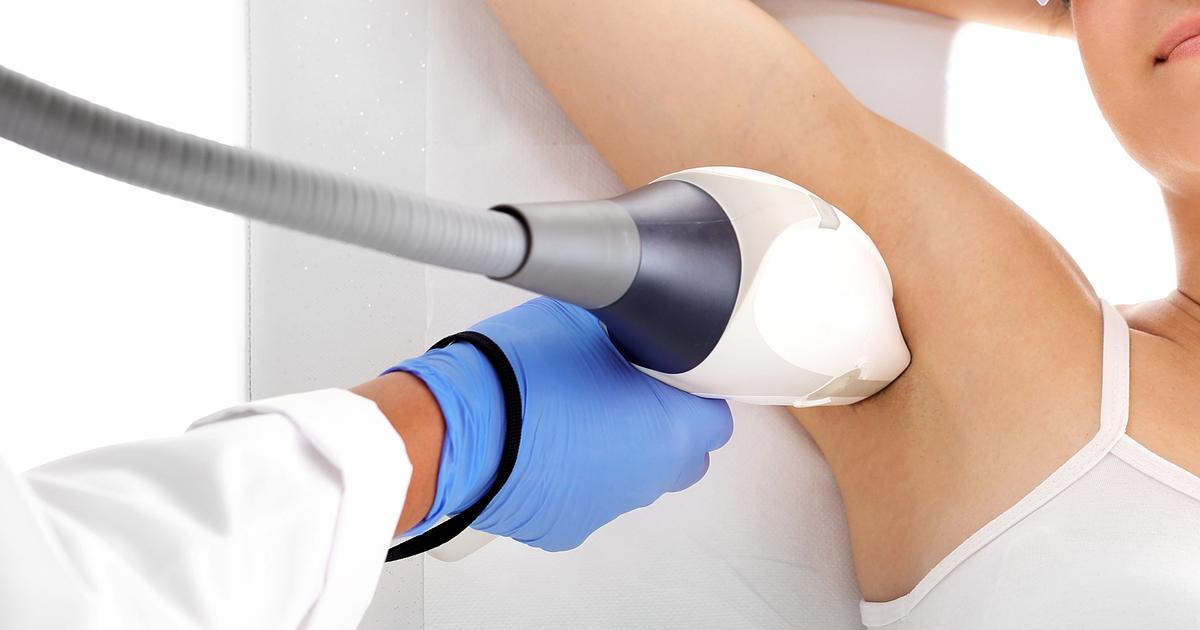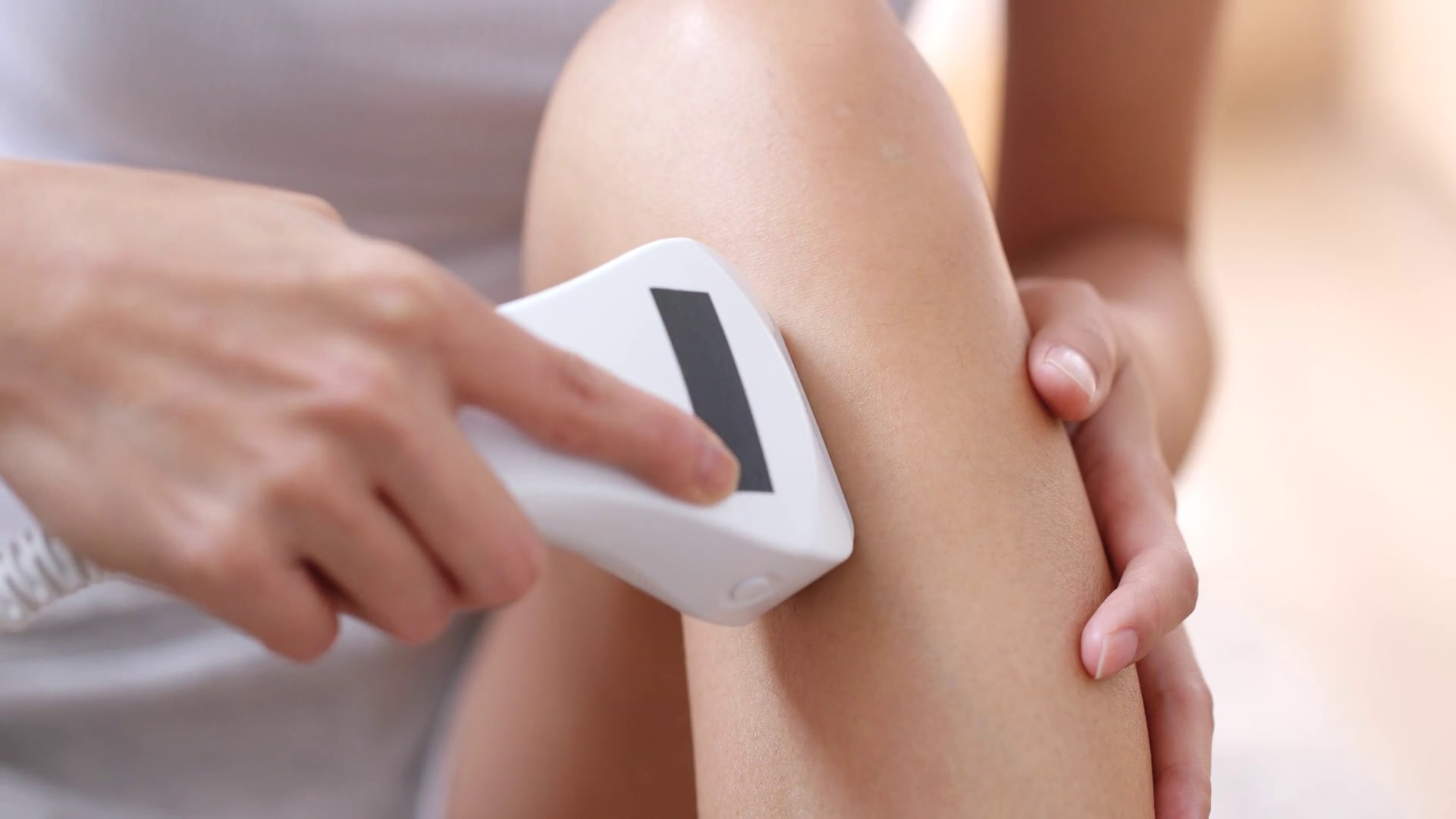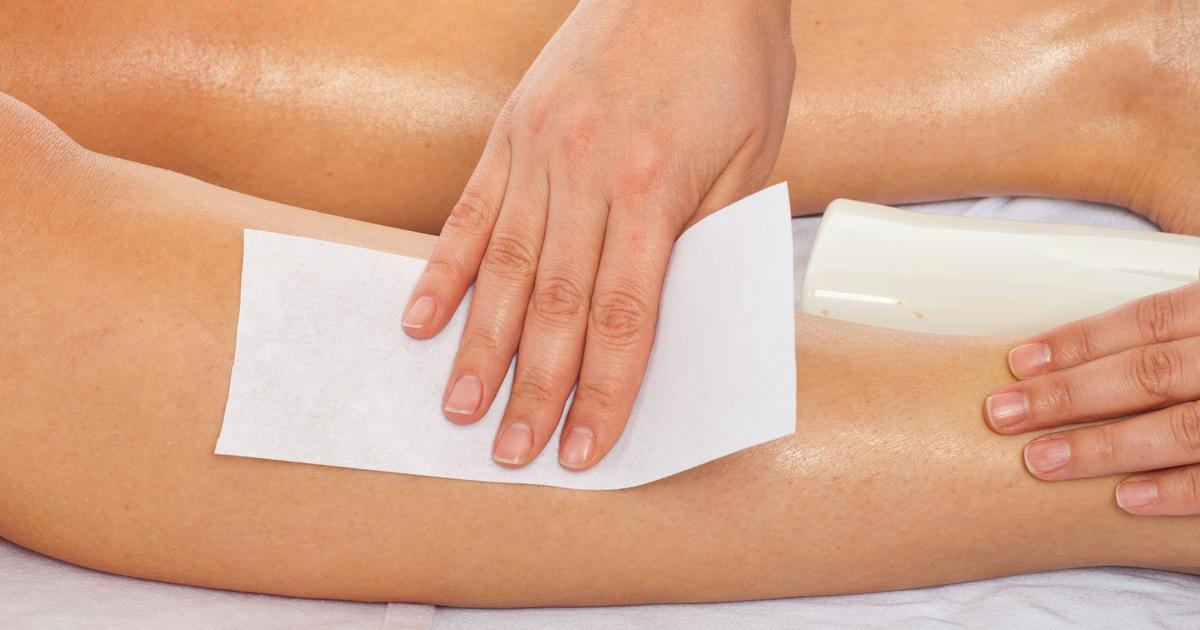Guide To Laser Hair Removal
Laser hair removal is a noninvasive method for removing unwanted hair. During the procedure, the laser produces a concentrated beam of light targeted at the hair follicles. The melanin (pigment) in the hair absorbs this light, converting it to heat that damages the follicles (sacs within the skin that produce hair). This damage significantly reduces hair growth at the treatment site, and it can sometimes even eliminate hair growth. Laser hair removal is normally performed at dermatologist's offices. Some states also allow physician's assistants, nurse practitioners, and registered nurses to perform the procedure; however, many states require physician supervision. The technician will select the most appropriate laser or combination of lasers for the patient's skin tone, hair type, and the specific area to be treated. Patients typically have multiple treatment sessions spread over several months.
The major facts, benefits, and risks of laser hair removal are discussed below.
How It Works

To prepare for laser hair removal, patients are typically advised to avoid sun exposure for up to six weeks in advance, and they should apply sunscreen daily. Patients will need to stop the use of any sunless tanning creams that darken the skin, and dermatologists might consider prescribing a skin bleaching cream if the patient has had a recent tan; this will help the laser work more effectively. Waxing, plucking, and electrolysis will disturb the hair follicles, and these hair removal methods should not be performed for at least four weeks before having laser hair removal. However, shaving the treatment site a day before the laser session is recommended, and it can reduce the potential for skin damage caused by burnt hairs during the procedure. Most patients require at least two to six laser sessions, and some patients could need eight to ten sessions. During the session, the treatment provider and the patient both wear eye protection goggles, and the provider places a handheld device on the treatment site. The laser is activated, and the device is passed over the entire treatment area. Sessions for small areas such as the upper lip could take as little as ten minutes, and treatment for large areas like the back might take up to one hour. Patients generally have sessions every four to eight weeks.
Learn about who might want laser hair removal next.
Who Might Want It

Laser hair removal is ideal for individuals who would like to remove unwanted hair from large areas such as the chest, back, arms, or legs. It is also an effective option for areas of the body where other hair removal methods could be particularly painful, including the upper lip, chin, stomach, underarms, and bikini area. Unlike shaving and waxing, laser hair removal does not have a risk of ingrown hairs or infection, so it can be especially helpful for individuals who want to reduce their chances of infection and for those who have previously struggled with treating ingrown hairs Today, laser hair removal can help patients with any skin tone or hair type, and it is often suggested as a treatment for hard to reach areas. The permanent or near-permanent results it provides tend to be particularly beneficial for those who would otherwise need to shave or pluck hairs on an almost daily basis, and it helps in reducing the time patients need to spend on their at-home beauty routine.
Discover the benefits of laser hair removal next.
Benefits Of Laser Hair Removal

Laser hair removal takes much less time than other hair removal methods, and it is the only hair removal method that can currently offer permanent or semi-permanent hair removal. Since it is performed by a healthcare professional who will do a comprehensive assessment before recommending the treatment, laser hair removal is substantially safer than more invasive hair removal methods (like plucking or waxing) performed by the patient or potentially by individuals who have not had proper training. It is especially beneficial for treating sensitive areas, including the face and bikini area, as these areas could sometimes be damaged by other hair removal methods. Patients should always have a consultation with a dermatologist before starting laser sessions. The dermatologist will determine whether or not laser hair removal is appropriate for the patient's needs, and they will also decide which lasers would be most effective at the given treatment site.
Get familiar with the risks of laser hair removal next.
Risks Of The Procedure

Although it is noninvasive, laser hair removal could cause minor discomfort for some patients. Patients worried about this should ask their provider for a numbing cream or cooling gel; these can be applied to the treatment site a few hours beforehand, and they substantially reduce any discomfort that might be felt. After a laser treatment session, patients could experience minor swelling, redness, and irritation in the treated area. These symptoms normally resolve within a few hours of the session. Lasers may produce changes in skin pigmentation, and the skin could become lighter or darker than normal. This change is normally temporary, and patients can reduce their risk of this potential side effect by avoiding sun exposure immediately before and after the treatment sessions. In rare cases, individuals who have had a laser session could notice crusting, blistering, or scarring at the treated area. These side effects should be reported to the treatment provider immediately.
Learn how laser hair removal stacks up against other techniques of hair removal next.
Comparison To Other Hair Removal Techniques

Generally, laser hair removal is safer and faster than other methods of hair removal, and it provides longer-lasting results. Most patients report it is much less painful than waxing or electrolysis, and it does not carry the risks of infection and ingrown hairs that shaving and plucking often have. While it is suitable for the majority of body areas, doctors advise against using it for hair removal around the eyebrows or eyelids as this could cause severe eye injury. Laser sessions are more expensive than other hair removal methods performed at home, but the prices are coming down as laser technology improves and becomes more widely available. Anyone concerned about unwanted hair should ask a healthcare professional about the safest and most effective hair removal methods for their particular needs.
